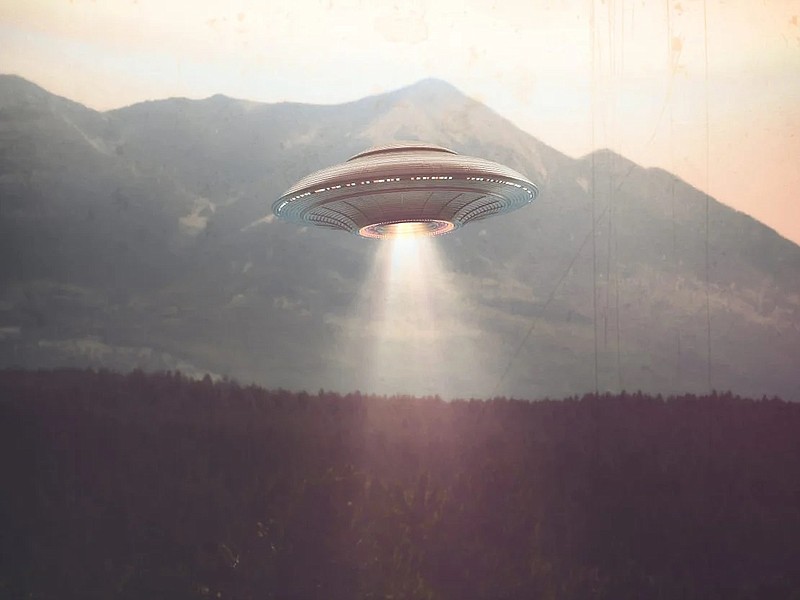In recent years, the phenomenon of unidentified flying objects (UFOs) has captured the imagination of the public and sparked renewed interest in the study of aerial anomalies. Researchers and enthusiasts alike are conducting comprehensive tracking of UFO evidence, examining sightings and reports that span from the depths of the ocean to the vastness of the sky.
While UFOs are often associated with sightings in the sky, a growing body of evidence suggests that many unexplained phenomena may also originate from underwater. Reports of unidentified submerged objects (USOs) have emerged, with witnesses describing strange crafts entering and exiting bodies of water. These accounts, often dismissed in the past, are now being taken more seriously as researchers investigate the potential connections between aerial and underwater phenomena.
The interest in UFOs is not new. Historical accounts of strange aerial phenomena can be found throughout human history, from ancient texts to modern sightings. However, the past decade has seen a significant increase in credible reports, particularly from military personnel. Declassified videos released by the U.S. Department of Defense have shown pilots encountering unidentified aerial phenomena (UAP) that exhibit flight capabilities far beyond current human technology.
Scientists and researchers are now applying rigorous methodologies to the study of UFOs. Advanced tracking technologies, including radar systems and satellite imaging, are being utilized to document sightings and gather data. Collaborative efforts among governments, independent organizations, and research institutions aim to create a comprehensive database of UFO evidence, allowing for better analysis and understanding of the phenomena.

In addition to professional researchers, citizen scientists are playing an increasingly important role in tracking UFO evidence. Online platforms and social media have made it easier for individuals to report sightings and share information. This grassroots approach has led to the creation of networks dedicated to collecting and analyzing data, fostering a community of enthusiasts and experts working together.
Despite growing interest and evidence, the study of UFOs remains contentious. Skeptics argue that many sightings can be attributed to natural phenomena, misidentifications, or even hoaxes. Researchers emphasize the importance of maintaining a scientific approach, ensuring that claims are substantiated by credible evidence before drawing conclusions.

As technology continues to advance, the potential for uncovering more evidence of UFOs becomes increasingly viable. Ongoing collaborations between scientists, government agencies, and the public may lead to groundbreaking discoveries about the nature of these phenomena. The exploration of both aerial and underwater anomalies promises to expand our understanding of the unknown.
The comprehensive tracking of UFO evidence, from the depths of the ocean to the vast sky, represents an exciting frontier in scientific inquiry. As researchers and enthusiasts delve deeper into the mysteries surrounding UFOs, the potential for new discoveries and insights grows. Whether these phenomena are mere curiosities or indicators of something more profound, the quest for understanding continues to captivate humanity’s imagination.
